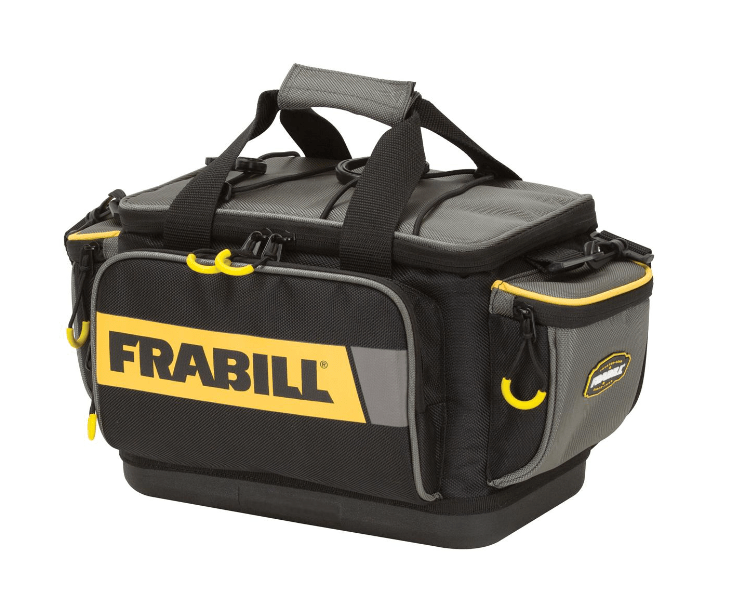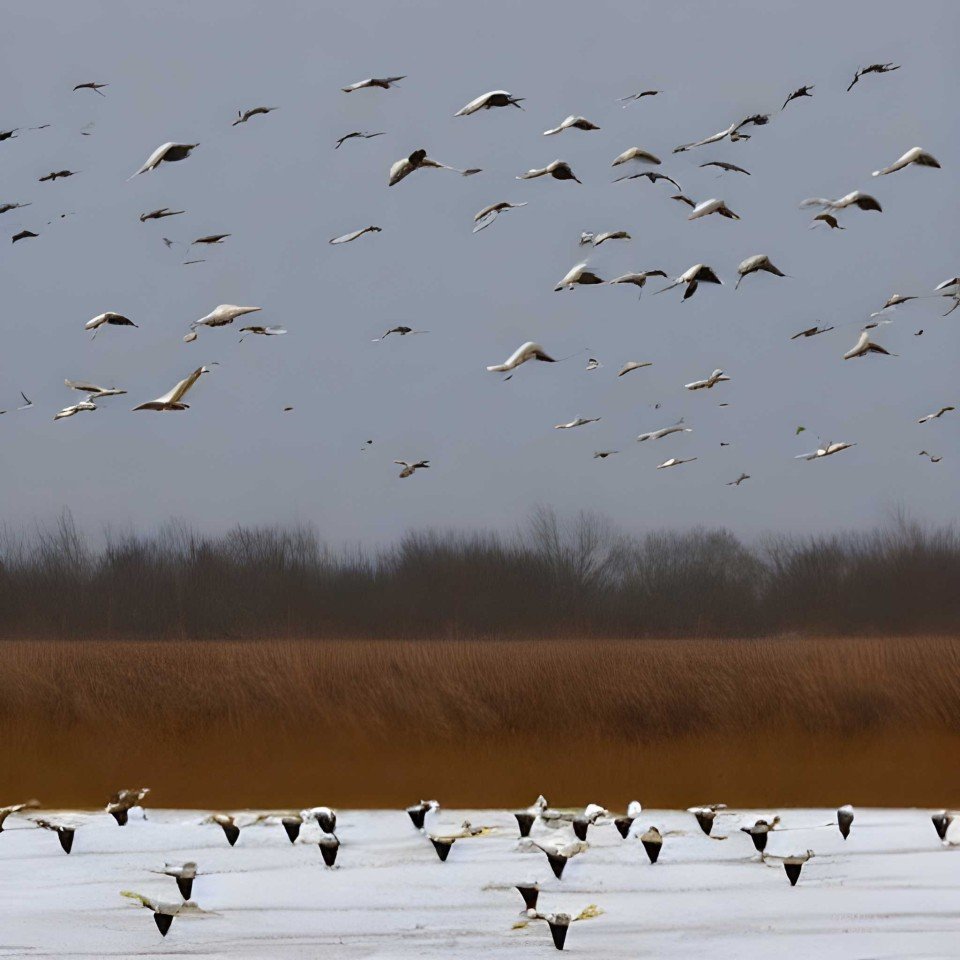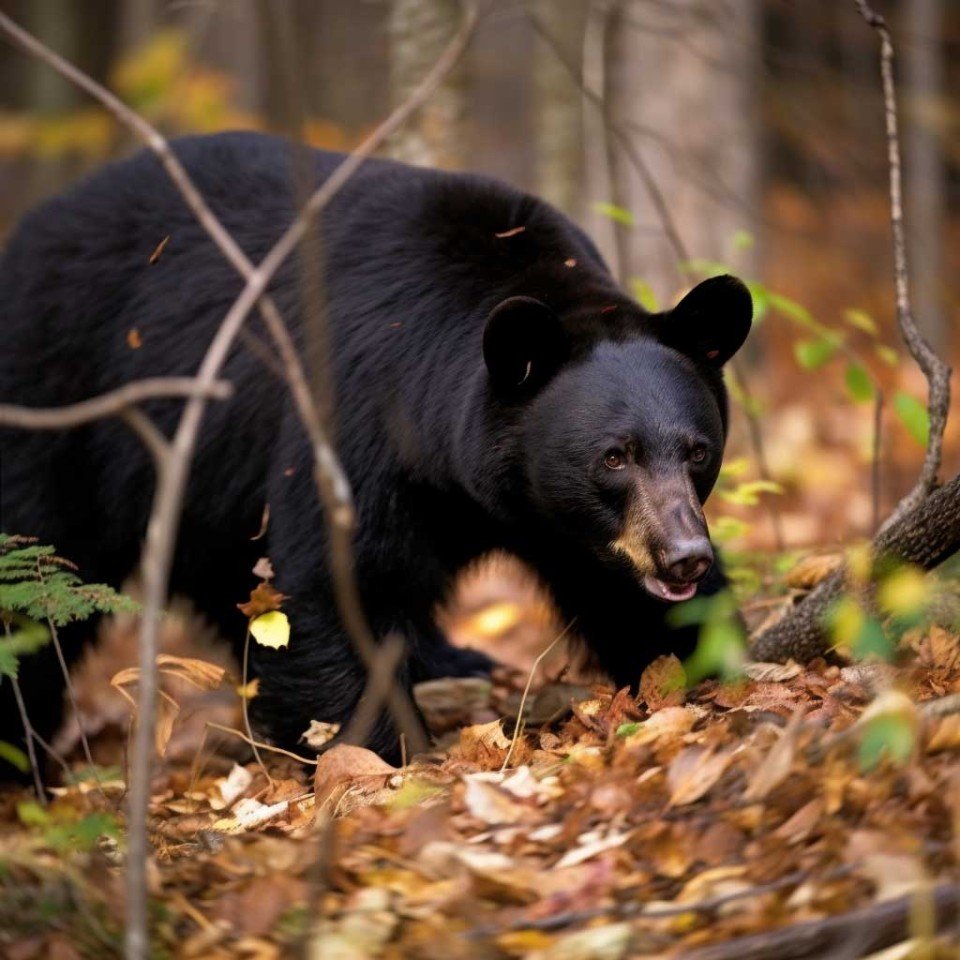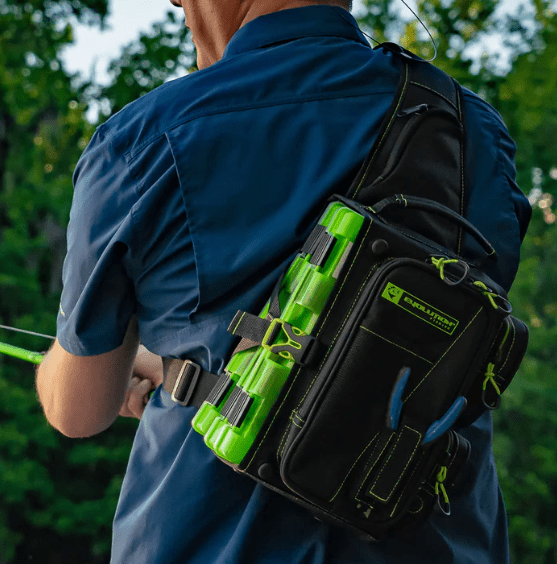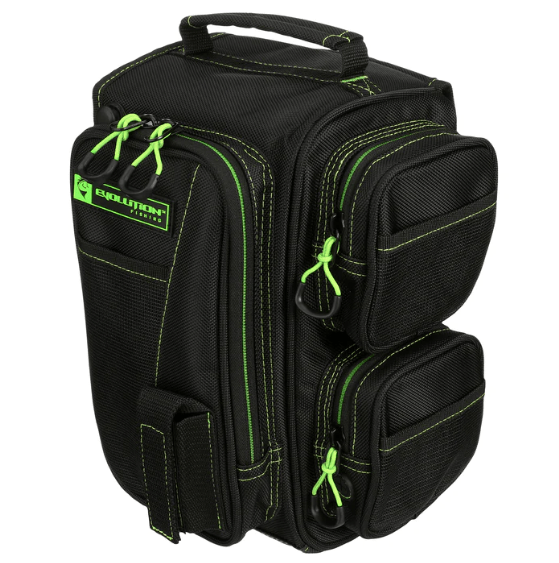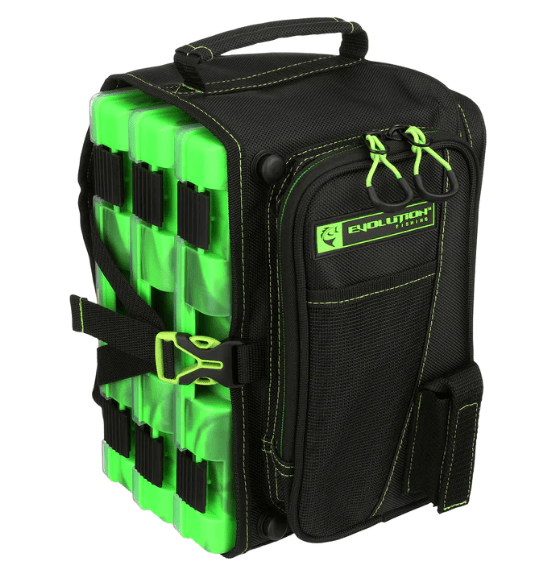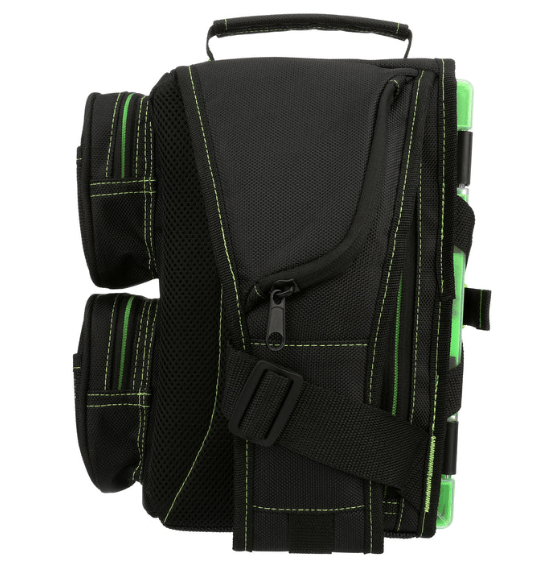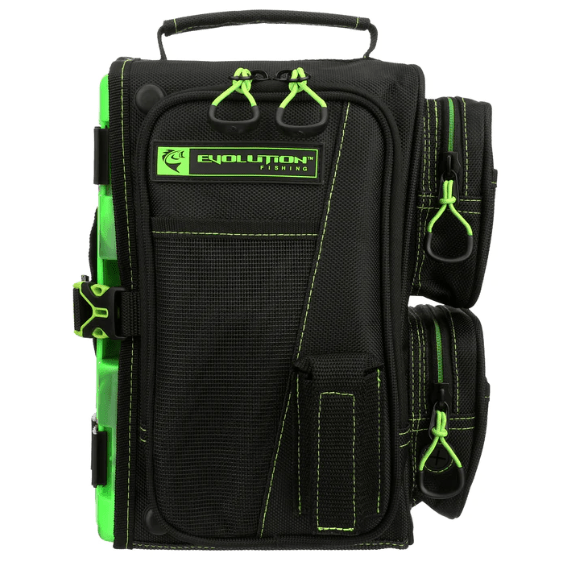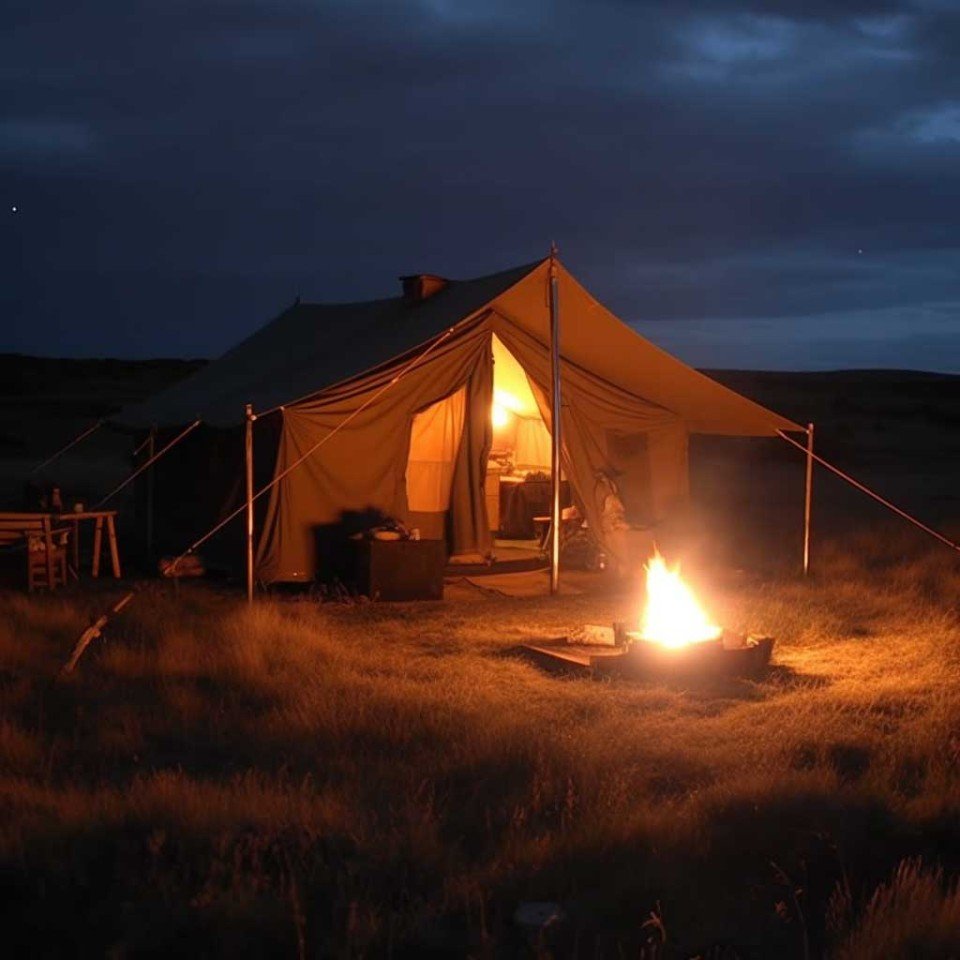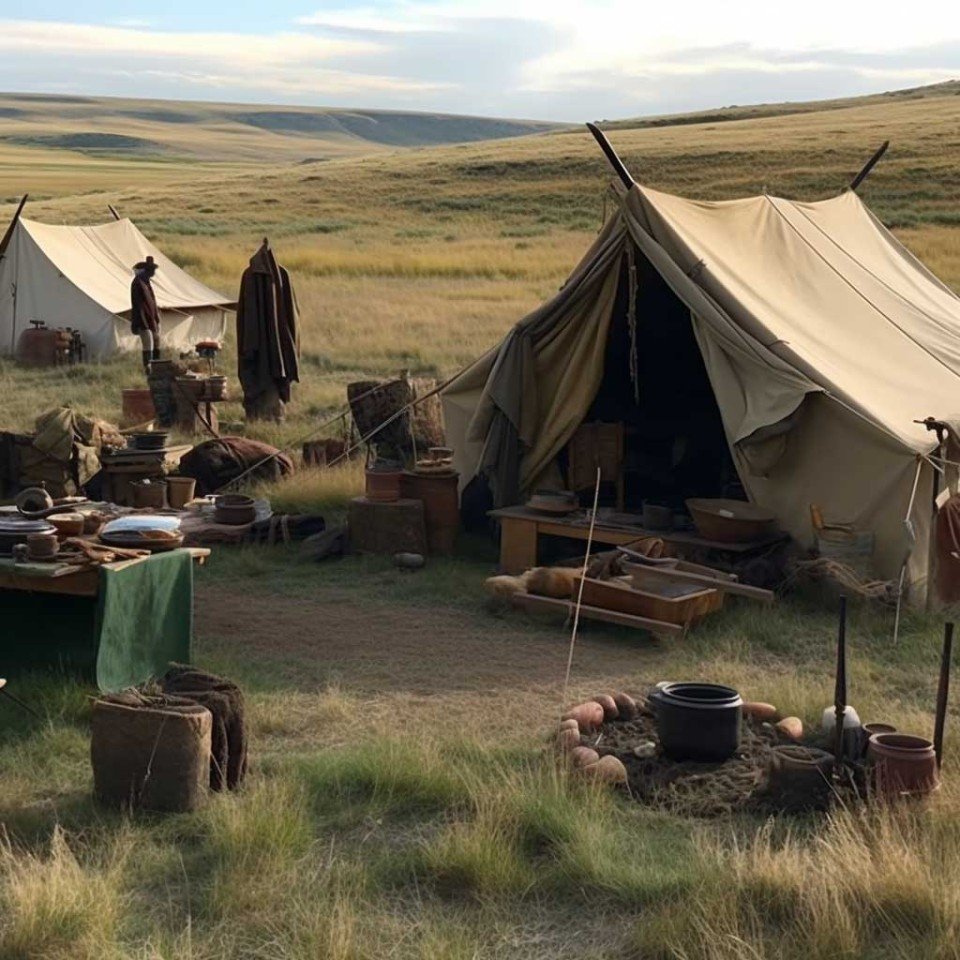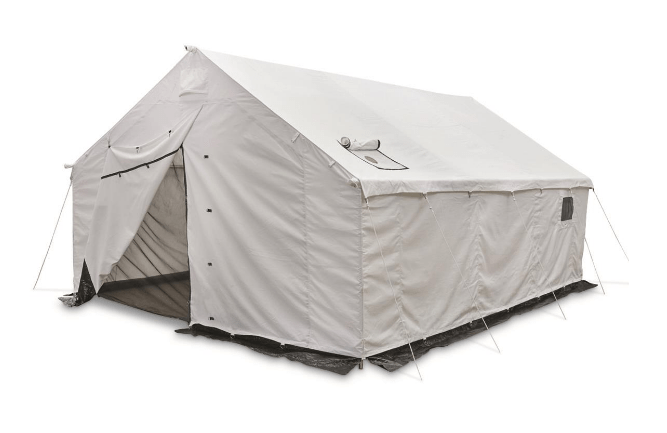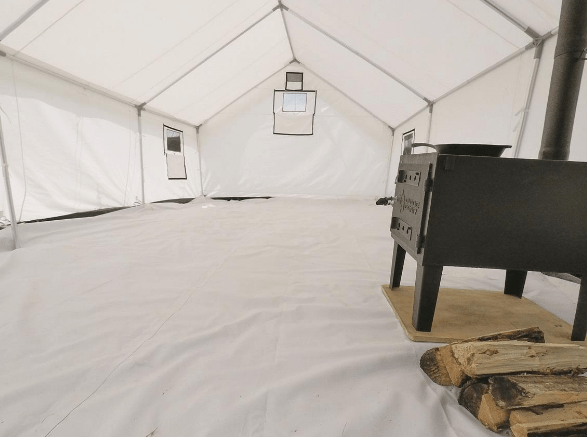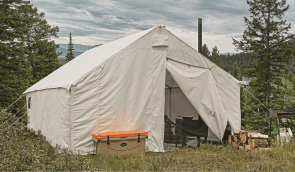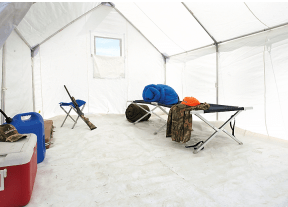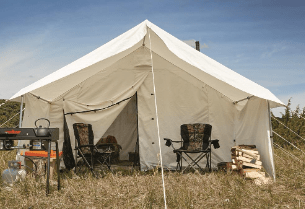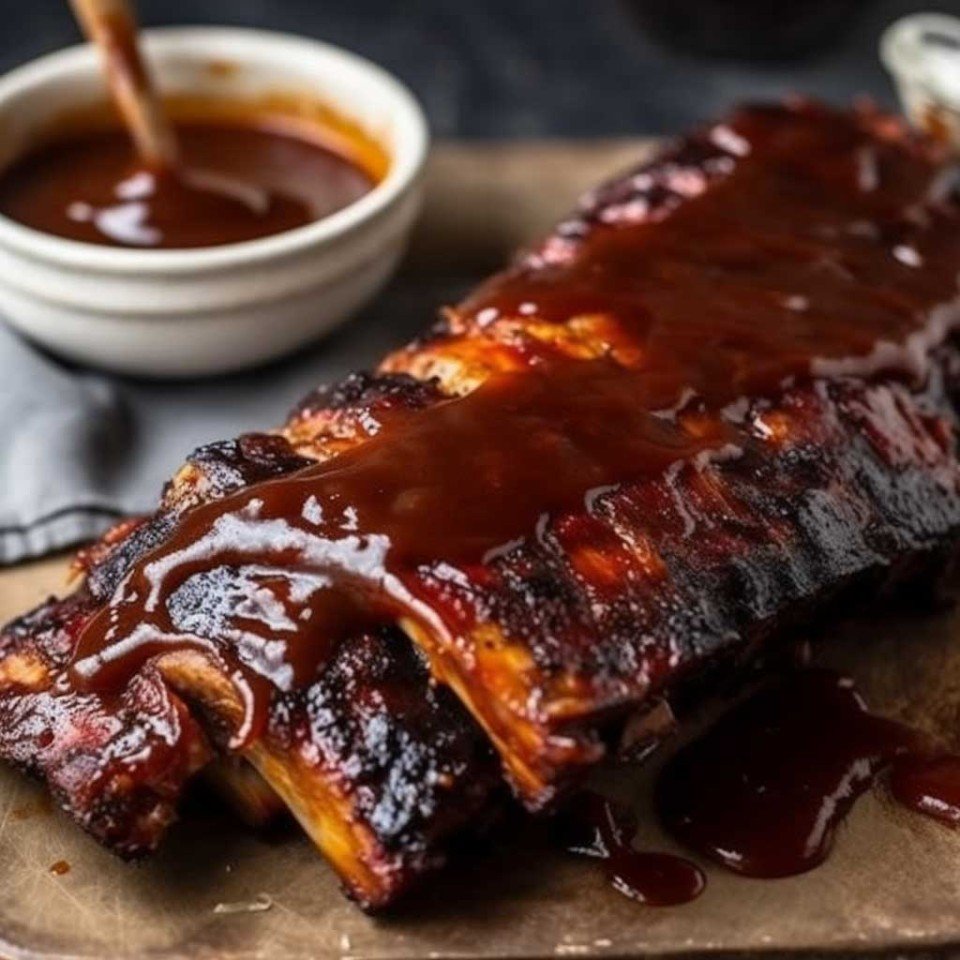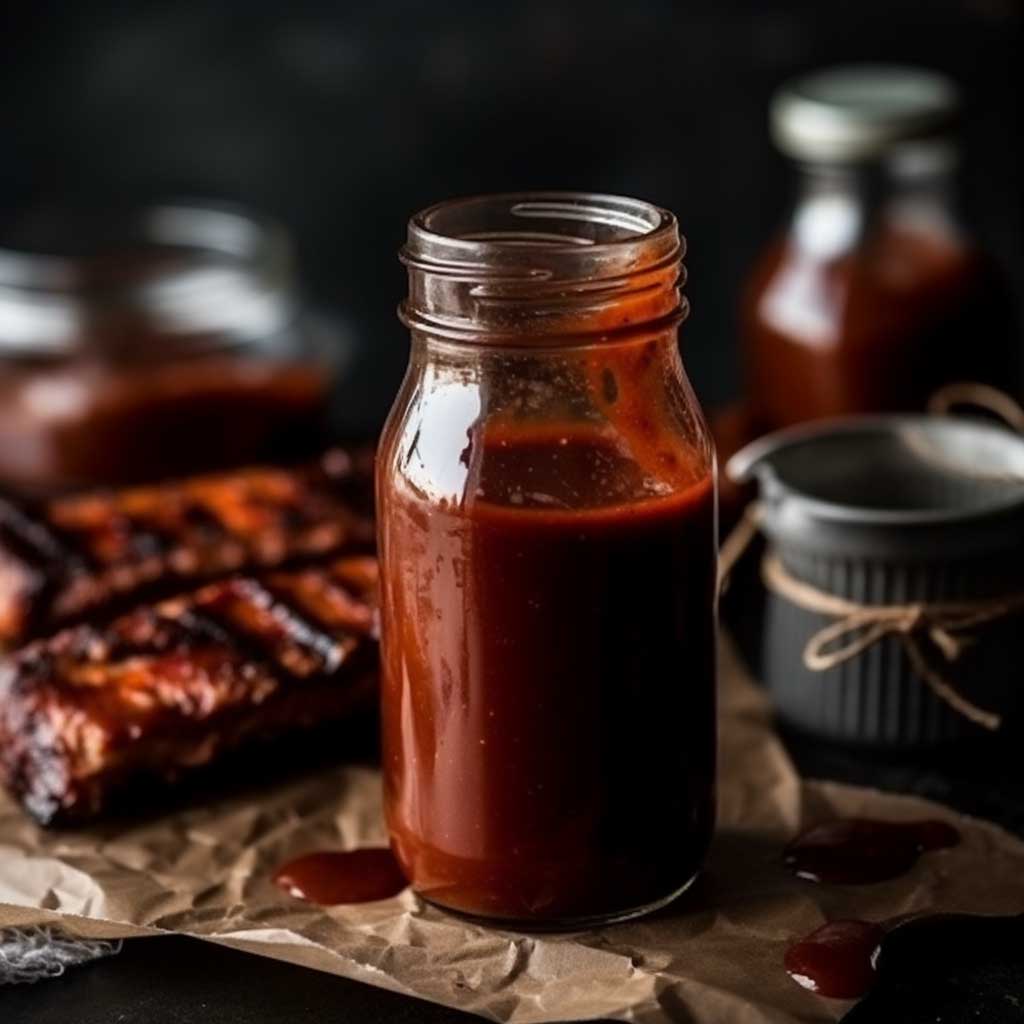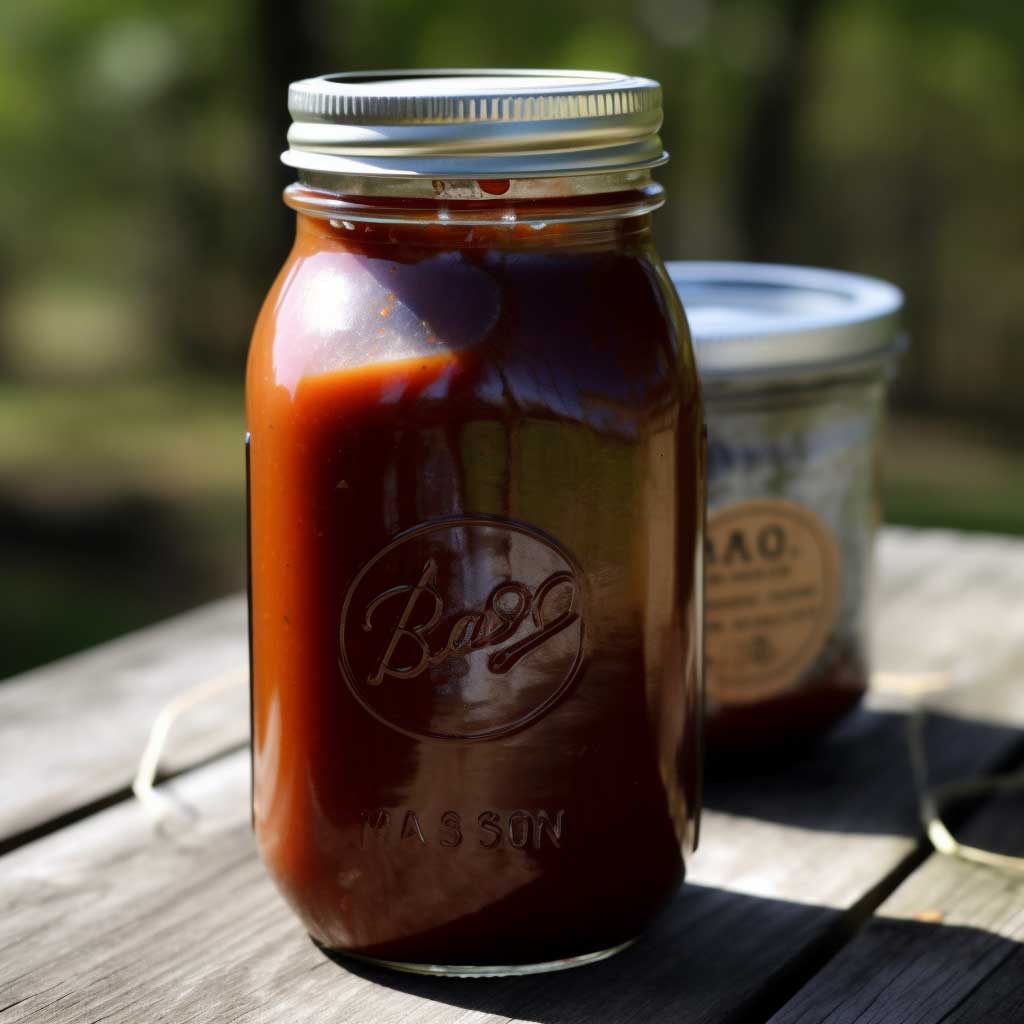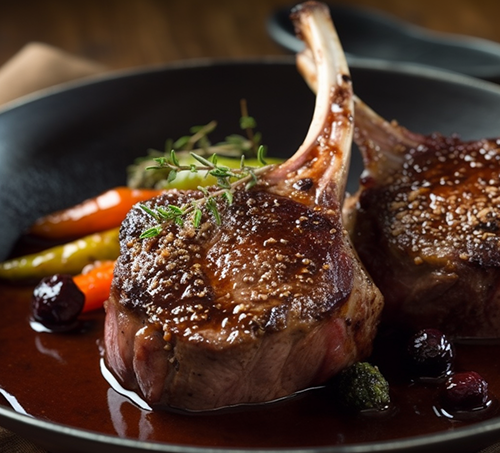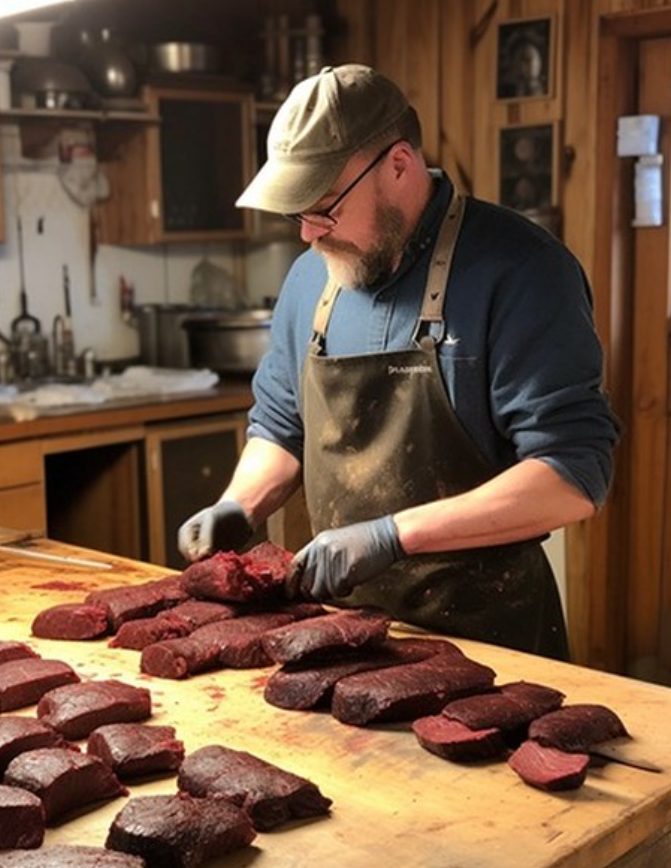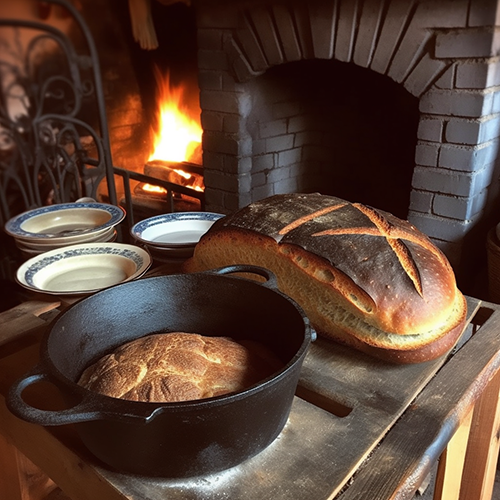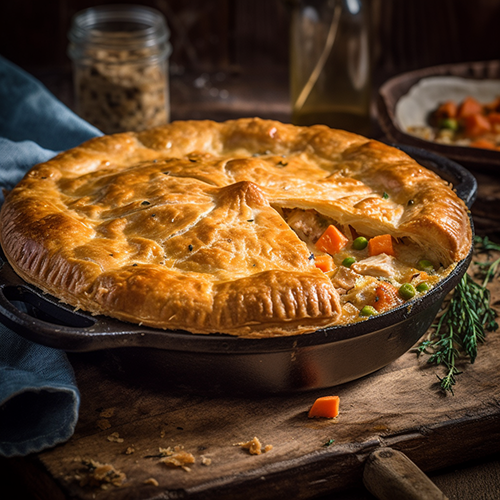Waterfowl encompass a diverse group of birds adapted to aquatic environments. Here are some common types of waterfowl found worldwide: Ducks: Ducks are perhaps the most well-known type of waterfowl. They have relatively broad bodies, webbed feet, and often have colorful plumage. Some common duck species include the Mallard, Wood Duck, Pintail, Teal...
Hunting and Fishing News & Blog Articles
Hey everyone, listen up! Unfortunately, this year's king salmon pursuit in California's river systems is a no-go due to low salmon counts. But don't worry, there are still plenty of other fish in the sea. The rockfish season will be open from May 1st to October with no depth restrictions, and the deep reefs are ripe for fantastic rockfishing. Addit...
Spring snow goose hunting has become a highly competitive and popular activity among waterfowl hunters. However, with guide services popping up everywhere, it's becoming more and more challenging for hunters to find reputable outfitters. Unfortunately, some guides are resorting to unscrupulous tactics to attract clients, such as posting old p...
Determining the size of black bears can be a challenging task, but there are some tips that can help you make an informed decision about whether or not to take a shot. It's important to recognize that what constitutes a "good" bear will vary depending on where you're hunting. If you're hunting in your local area, you'll have a sense of what's avera...
The Drift Series Tackle Sling Packs from Evolution Fishing offer excellent quality and functionality. Made with rugged and wear-resistant 1680D construction, these packs are built to last. The sling pack design allows for easy access to all your fishing essentials while still being able to carry everything on your back. The Drift Series Sling Packs...
Going on a hunting trip can be an exciting and rewarding experience. However, setting up a wall tent hunt camp can be challenging, especially if you want to achieve optimal comfort during your stay. A wall tent is a great option for a hunting camp because it offers more space than a traditional backpacking tent and can be heated for added comfort. ...
BBQ sauce is more than just a condiment; it's a key ingredient that elevates the taste of grilled and smoked meats to mouthwatering levels. Whether you're hosting a backyard barbecue, attending a cookout, or simply craving some finger-licking goodness, BBQ sauce is an essential companion for meat lovers. In this blog post, we'll delve into the fasc...
Venison chops in cranberry sauce is a delightful dish that combines the rich, earthy flavors of venison with the tangy sweetness of cranberries. It's a perfect example of how hunting and cooking your own game can result in a unique and delicious meal. Ingredients: 4 venison chops 1 cup fresh or frozen cranberries 1/2 cup orange juice 1/4 cup ...
Our latest post about the benefits of eating wild game. https://medium.com/@marty_1126/savor-the-wild-cooking-wild-game-for-health-and-flavor-30b472a9a0eb Unlike conventionally raised livestock, wild game thrives in its natural habitat. This means that their diets are diverse, their muscles well-exercised, and their flavors deeply ...
Hey fellow outdoor enthusiasts! If you're anything like me, you know that Dutch oven camp cooking is the secret ingredient to taking your hunt camp experience to a whole new level. In this blog post, I'm going to dive deep into the art of Dutch oven camp cooking, why it's a game-changer, and some mouthwatering meal ideas that will have your fellow ...
When you find yourself in the pursuit of the finest culinary weaponry for your kitchen, a perpetual quandary emerges — the age-old debate between cast iron and stainless steel. These two materials, each possessing their own unique attributes, hold the potential to profoundly influence your gastronomic adventures. Within this comprehensive expositio...
Check Regulations: Familiarize yourself with local hunting regulations, including seasons, bag limits, and any specific rules for turkey hunting. Get the Right Gear: Ensure you have the appropriate gear, including a shotgun or bow suitable for turkey hunting, camouflage clothing, a turkey call, and decoys. Learn Turkey Behavior: Understand turkey b...
To hunt deer successfully, follow these essential steps: Understand Local Regulations:Familiarize yourself with hunting regulations, including seasons, bag limits, and weapon restrictions. Obtain necessary permits and licenses.Scout the Area:Spend time scouting the hunting area to understand deer behavior, feeding patterns, and travel routes. Look ...
There are various types of bait used in fishing, and the choice of bait depends on the target species, fishing location, and angler preferences. Here are some common types of bait: Live Bait:Worms: Nightcrawlers, redworms, and other worms are versatile and attract a wide range of fish.Minnows: Small fish, such as shiners or fatheads, are popular fo...
Fly fishing is a rewarding and challenging form of angling that requires a unique set of skills. Whether you're a beginner or an experienced angler, here are some fly fishing tips to enhance your success on the water: Practice Casting:Spend time practicing your casting technique. Focus on accuracy and presentation. Practice casting in an open area ...
Setting up a hunting blind is a key aspect of preparing for a successful hunting experience. A hunting blind provides concealment and helps hunters remain undetected by game animals. Here's a general guide on how to set up a hunting blind: Select the Right Location:Choose a location where you have a good view of the area you're hunting. Consider fa...
Catching more fish requires a combination of knowledge, skill, and the right strategies. Whether you're a beginner or an experienced angler, here are some tips to help you improve your fishing success: Understand the Basics:Learn the fundamentals of fishing, including knot tying, bait selection, casting techniques, and understanding fish behavior. ...
Artificial Intelligence (AI) is increasingly being used in hunting to enhance various aspects of the hunting experience, improve safety, and promote responsible hunting practices. Here are some ways AI is applied in hunting: Game Monitoring: AI-powered cameras and sensors can be deployed in hunting areas to monitor wildlife movement. These devices ...
Pheasant hunting is an adventure like no other. From the crisp morning air to the sound of your faithful hunting dog in pursuit, it's an experience that connects you to the wild and to the time-honored traditions of the outdoors. But the real magic happens when you bring your pheasant harvest to the kitchen and transform it into a mouthwatering mea...
Campaign Title: "Bait Your Hook, Reel in the Catch: Your Trusted Bait Company" Campaign Duration: 3 months (ideal for seasonal fishing promotions) Campaign Goals: Increase brand awareness among fishing enthusiasts.Promote the variety and quality of baits available.Boost online and in-store sales.Foster customer loyalty and engagement. Marketing Cha...

